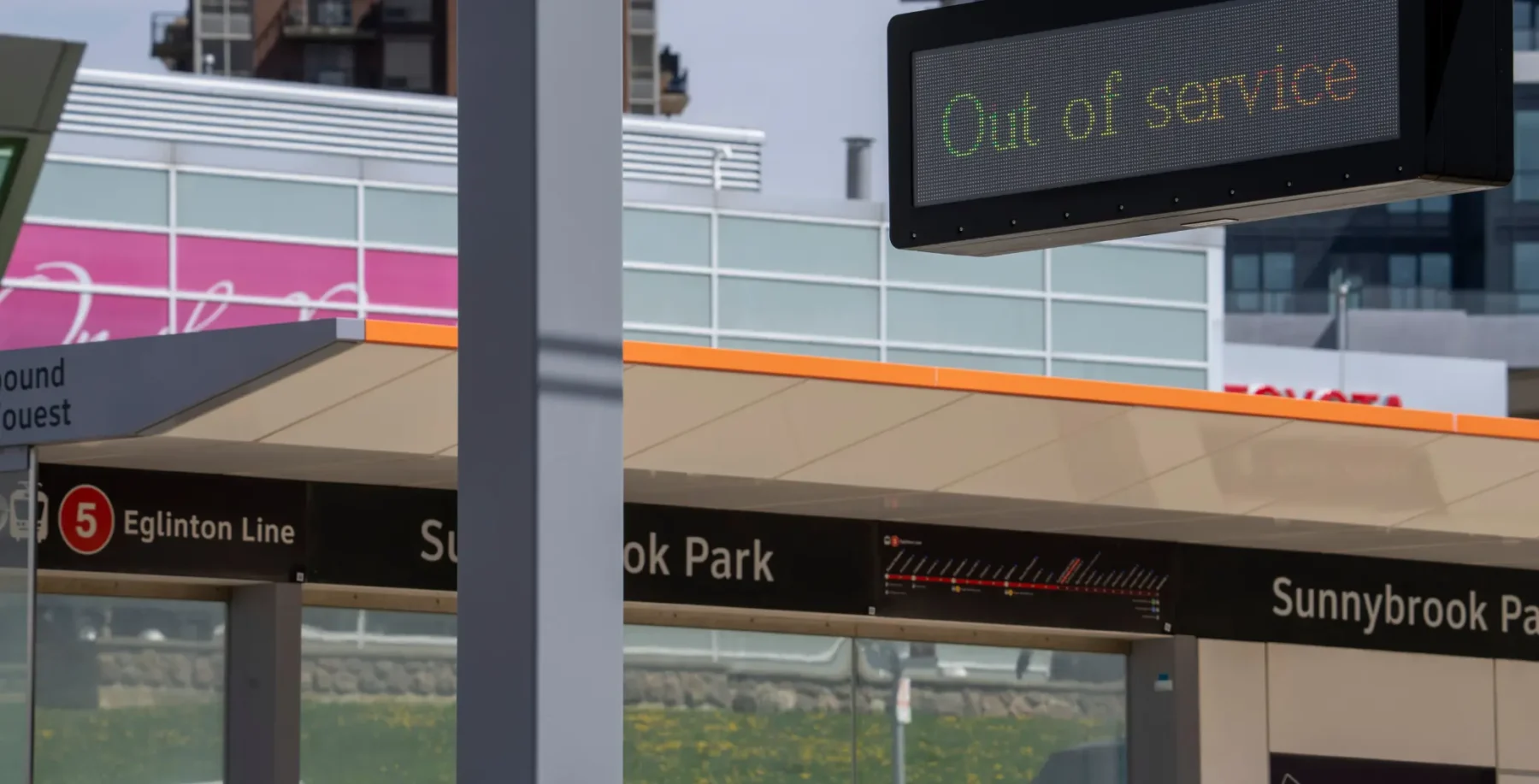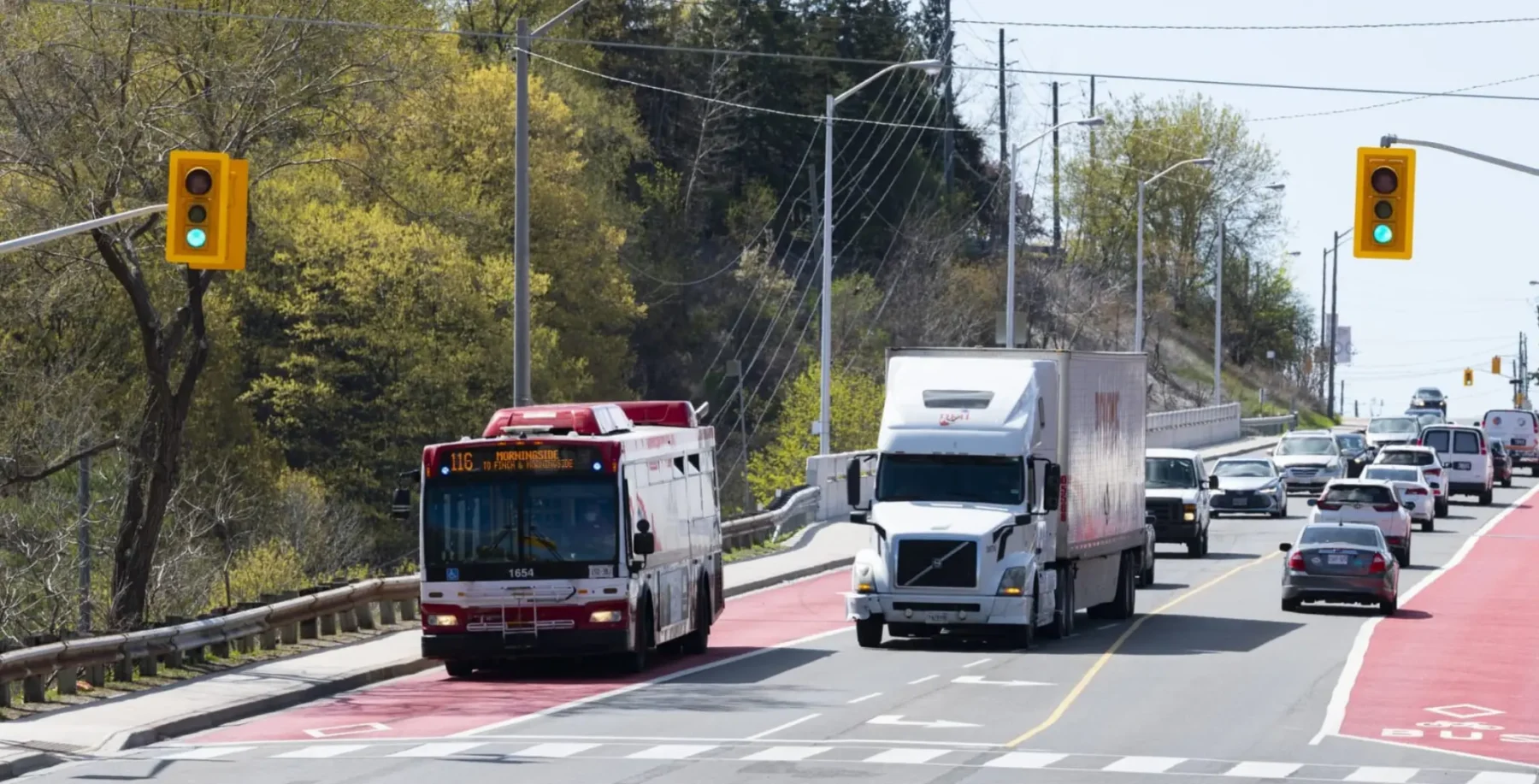
Rating: NNNNN
Sweating on Parkdale’s concrete shoreline enviously watching paddlers glide by, I decided a couple of summers ago to take the plunge and buy myself a tiny used kayak that wouldn’t cramp my budget, apartment or bicycle.
Who’s the bigger fool, I thought, the person who chooses to navigate the lake to get around downtown, or the sucker stuck in gridlock?
A word of warning to wavefarers out there: despite the many attractive parts of the waterfront – the Toronto Islands, western beaches and a soon-to-be-renaturalized Don River, Toronto’s central waterfront was designed more for 20,000-tonne freighters than for kayaks.
There’s no Martin Goodman-type paddling route linking it all together. While conflict, danger and mishaps might make for a good story, it’s not what most people are looking for on their travels. Perhaps it’s time for city planners parsing a ferry link between the eastern and western shores to start thinking of a safe commuter passageway.
Take my neighbour Ira. Like many of the growing 10 per cent of Ontarians who canoe or kayak, his boat clocks more miles on the highway than in the water. He cycles or takes transit for all trips “except when I go to the country – almost every weekend.”
He’d love to paddle close to home but lists the highlights of the local waterfront as noisy highways, a walled shoreline and dirty water full of algae.
He’s got a point. In my initial paddles, I avoided the central waterfront by heading west to the beautiful western beaches and idyllic Humber River, or transported my kayak via TTC to Royal York Station to get to the rocky rapids of Mimico Creek.
Like our city streets, the voyage by water from Toronto’s west end to the downtown harbour is full of hazards. The lake is a Wild West. Even if boaters could see my tiny craft in rough water, there are no route markers out there.
Once past the breakwall, there are seemingly no speed limits. And in Ontario, children as young as 12 only need to pass a basic written safety test to get a boat operator’s licence.
You might not think “traffic jam” when you think of Lake Ontario, but there are hot spots at certain times. Oh, sure, non-motorized craft have the right of way by law, but in reality heft and speed lead. While there are no official roads, boats tend to follow each other, taking the shortest route between one opening and the next.
Without the benefit of traffic lights, I wait on the edge of one of these lanes until I judge there’s an opening and then perform a mad paddle to get across. Often, I’m forced to retreat to try again.
All this arm action is supposed to provide a healthy workout, but don’t expect to escape toxic air. Motorcycles are exchanged for water skis, Ferraris for speedboats, limousines for yachts. Amidst so many spewing engines, the air can be incredibly bad. Speedboats are the worst offenders.
There are more than 360,000 marine outboard motors in use in Ontario, the vast majority heavily polluting two-stroke engines, more powerful versions of those used by controversial leaf blowers.
Unlike the U.S., Canada does not currently regulate emissions from recreational vehicles like boats, ATVs and snowmobiles. When I ask Environment Canada spokesperson Denis Simard why pollution regulations are so much lower for boats than for cars, I’m told that Canada is working toward the goal of “harmonizing Canadian smog-forming emission standards for on- and off-road vehicles and engines with those of the United States EPA.”
This “made in the USA” smog policy puts Canada just a few years behind the most outspoken Kyoto lagard.
Like many small boaters, I’m wet after a long paddle, so it’s no comfort to learn that many large boats use the sea as their toilet – what’s charmingly referred to as “grey water” from bilge release. The inner harbour is also the destination of much of Toronto’s combined sewer overflow. Stormwater carrying gasoline, toxic lubricants and paints as well as normal trash means water quality can be pretty nasty after a rainfall .
To add to the obstacles, the Island Airport ferry travels back and forth across the narrow Western Gap every seven minutes, shooting out a powerful plume of water. Canoeist Andy Pepall landed a Port Authority ticket worth more than my boat (I paid $250 for it) for the crime of being in the path of the ferry after it made a 45-degree turn toward him while performing a construction-related detour.
Dowling Beach is where I usually throw my kayak in the lake. Today, only ducks and a dog playing fetch swim in water clogged with moored boats and seaweed.
I paddle east to Marilyn Bell Park, from which a 10-kilometre seawall lines the water’s edge to distant Cherry Beach. The walls amplify waves from wind and boats. Don’t get me wrong. I love waves, except when the water’s frigid and a wall blocks my only escape.
I navigate the waters of Ontario Place only to discover that the lagoons have been permanently blocked. I spend 10 minutes backtracking until I find an opening in the breakwater and venture out into the rolling lake.
Paddling along the deserted western shore of Ontario Place, I pass woods and a beach but then see the shoreline ahead become an ominous wall of abandoned tankers.
Churning whitecaps crash against the 3-metre-high steel walls. I try steering close to the ships and get tossed about by erratic waves rising in every direction. But wander too far from shore and risk the surge from joyriding powerboats in a part of the lake that has no speed limits.
(I avoid disaster this trip but take a plunge a week later when a speedboat comes too close and – seeing me? – veers off, throwing up a huge wake. My attempt to turn and face the wave comes too late, and I wind up pulling my chilled and exhausted body out of the water onto a bit of rocky coast.)
After following the rugged eastern shoreline of Ontario Place, I come to the National Yacht Club next to Coronation Park. Sighting another dead end ahead, I turn to exit through an opening in the breakwater.
Although I’m hugging the breakwall, an annoyed yachtsman calls out, “I can’t see you!” I pass the menacing floating monster, a thousand times my weight, and appreciate the sense of vulnerability that drives people into the costly competition for bigger and faster boats.
One last obstacle to clear before reaching downtown – the Western Gap, a long, narrow channel lined by 2-metre-high cement walls. Last winter’s ice has ripped up the southern seawall along with all escape ladders, and none exist along the Toronto Island Airport wall. Local sea kayak instructor David Johnston notes that sailing manuals warn boaters to avoid the funnel-shaped area when southwest winds are blowing.
My whitewater kayak spins around in the powerful upwelling, but after a few frantic moments I’m back on course. I emerge triumphant into Toronto’s expansive inner harbour. The air reeks like a truck stop as toxin-spewing boats of all sizes head in and out of the various slips.
I join 30 other colourful kayaks at my destination, Harbourfront Kayak and Canoe Rentals, and head off to the Toronto Islands, where we sight a great egret, a night heron and a beaver. All the dangers I’ve survived have been worthwhile.
news@nowtoronto.com












